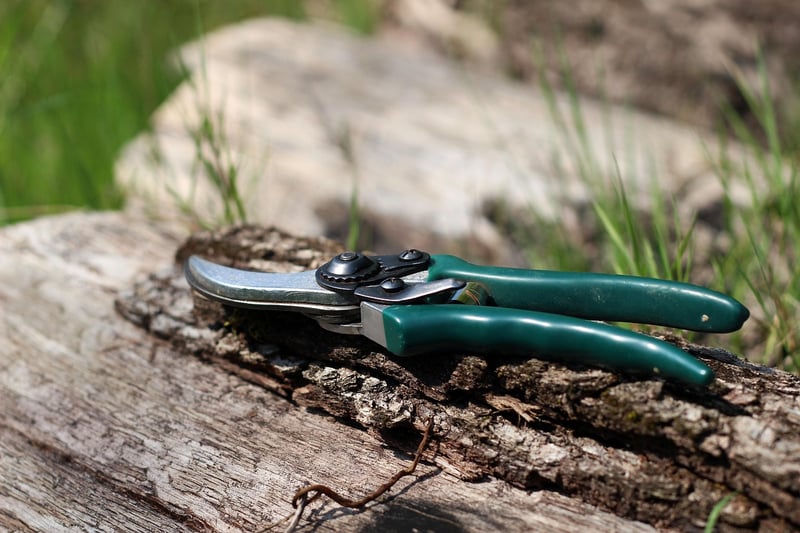Pruning Techniques
Maintaining Plant Health: Essential Pruning Techniques
Proper pruning is key to keeping your plants healthy and vibrant throughout the year. By understanding the basics of pruning techniques, you can promote growth, control shape, and prevent disease. Here are some essential tips to help you master the art of pruning:
1. Know Your Plants
Before you start pruning, it's crucial to know the specific needs of each plant species in your garden. Different plants require different pruning techniques, so familiarize yourself with the growth habits of your plants to ensure you are pruning them correctly.
2. Tools of the Trade
Invest in high-quality pruning tools to make the job easier and more effective. Essential tools include pruning shears, loppers, pruning saws, and hedge trimmers. Keeping your tools clean and sharp will ensure clean cuts and minimize damage to the plants.
3. Timing is Everything
Timing plays a crucial role in pruning. While some plants can be pruned at any time of the year, others have specific pruning windows. Generally, prune flowering shrubs right after they bloom, and prune fruit trees during their dormant season.
4. Pruning Techniques
Learn the basic pruning techniques such as thinning, heading, and rejuvenation pruning. Thinning involves removing entire branches to improve air circulation and light penetration. Heading cuts shorten branches to stimulate new growth, while rejuvenation pruning involves cutting back overgrown shrubs to encourage new shoots.
5. Observe Proper Technique
When making cuts, ensure they are clean and angled properly to promote healing. Cut just above a node or lateral branch to encourage new growth in the desired direction. Avoid leaving stubs or making ragged cuts that can invite pests and diseases.
6. Monitor Plant Health
Regularly inspect your plants for signs of disease, pests, or stress. Pruning can also help remove dead, damaged, or diseased branches, preventing the spread of pathogens and promoting overall plant health.
7. Seek Professional Help
If you are unsure about pruning techniques or dealing with complex pruning tasks, don't hesitate to seek advice from a professional arborist or horticulturist. They can provide guidance tailored to your specific plants and help you maintain their health effectively.
By following these essential pruning techniques and tips, you can ensure your plants thrive and flourish, adding beauty and vitality to your garden year-round.

Remember, proper pruning is a skill that improves with practice, so don't be afraid to experiment and learn from your experiences. Happy pruning!
